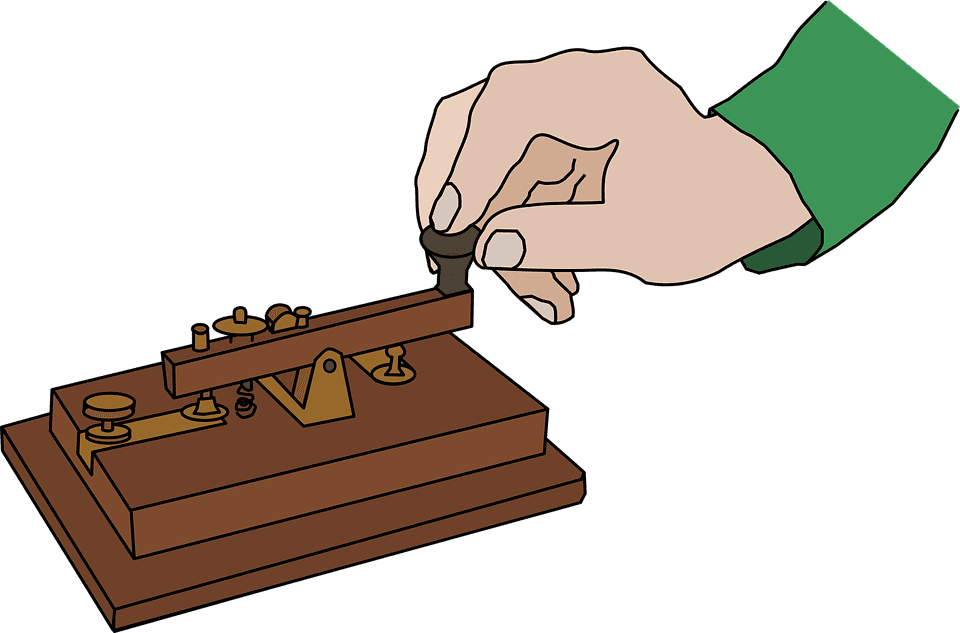You may think you know what the letters in the universal distress call stand for, but chances are you’re wrong. Many guess that it means “save our souls,” while others believe it’s “save our ship,” but neither is the truth.
And that’s because the letters don’t stand for anything at all.
The Morse code string of three dots, three dashers, and three dots can be read as SOS, so the moniker has stuck – even though the real Morse code version is continuous, without a break or space. It could have been OSO that came to symbolize “Help me!” but it’s not as nice, I guess.
The letters themselves have now morphed into their own version of the distress call – they even get spelled out on the ground in order to be seen from a greater distance.
Image Credit: Pixabay
In the early 20th century, radiotelegraph machines made their way only ships, where seamen used them to send messages and signal distress in the event a voyage took a dangerous turn. In those days, three short, three long, three short pattern wasn’t anything in particular, just a meaningless sequence.
Until 1906, different organizations and countries had their own, separate distress signals. In that year, the International Wireless Telegraph Convention convened in Berlin and officially called for the establishment of an international distress call; the Morse “SOS” went into effect on July 1, 1908.
Image Credit: Pixabay
The first recorded use took place in August of 1909: the wireless operators on the SS Arapahoe sent the signal when the ship was disabled off the coast of Cape Hatteras, North Carolina.
Fun Fact: some companies and operators were reluctant to give up on the traditional ways, and when the RMS Titanic struck that fateful iceberg, operators first sent out an old distress call before trying SOS.
Not saying it would have mattered, but it is interesting.
The post The REAL Meaning of “S.O.S.” Might Just Surprise You appeared first on UberFacts.

